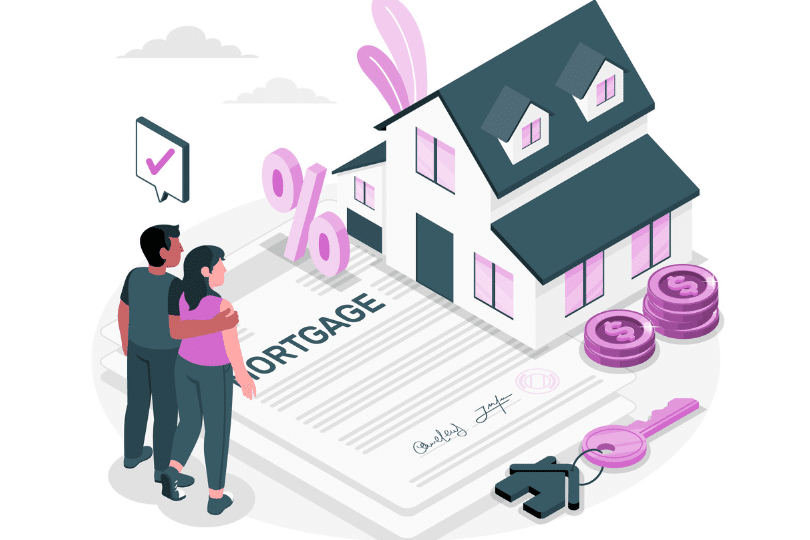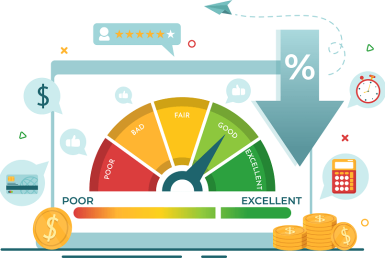Steps to Apply for a Mortgage
Applying for a mortgage can be a complex process, but breaking it down into steps can make it more manageable. Here’s a general guide if you want to apply for a mortgage.

1. Understand Your Finances:
• Review your credit report: Obtain a copy of your credit report and check for any errors. Address any issues that may affect your credit score.
• Assess your financial situation: Calculate your income, expenses, and debts to determine how much you can afford to borrow.
2. Set a Budget:
• Determine how much you can comfortably afford for a monthly mortgage payment.
• Consider additional costs such as property taxes, homeowners insurance, and private mortgage
insurance (PMI) if your down payment is less than 20%.
3. Save for a Down Payment
• Save for a down payment, which is typically a percentage of the home’s purchase price. The amount varies, but 20% is a common benchmark.
4. Get Pre-Approved
• Contact mortgage lenders to get pre-approved for a loan. Pre-approval provides an estimate of how much you can borrow and helps you understand your budget.

5. Choose a Mortgage Type
• Research different mortgage types, such as fixed-rate mortgages, adjustable-rate mortgages (ARMs), FHA loans, or VA loans. Choose the one that best fits your financial situation and goals.
6. Compare Lenders
• Obtain quotes from multiple lenders to compare interest rates, fees, and terms. Consider both traditional banks and online lenders.
7. Gather Documentation
• Lenders will require various documents, including proof of income, tax returns, bank statements, and information about your debts. Have these documents ready to streamline the application process.
8. Submit the Application
• Complete the mortgage application provided by your chosen lender. Be thorough and accurate in providing information about your finances.
9. Lock In Your Interest Rate
• Once you’re satisfied with the terms, consider locking in your interest rate to protect against potential rate increases before closing.
10. Undergo the Underwriting Process
• The lender will review your application, verify your documentation, and assess your creditworthiness. This process may involve requests for additional information.
11. Receive Loan Approval
• Upon successful underwriting, you’ll receive loan approval. Review the terms and conditions before proceeding.
12. Close the Loan
• Attend the closing, where you’ll sign the final loan documents. Be prepared to pay closing costs, and ensure that you understand the terms of the loan.
13. Move into Your New Home
• After closing, you’ll officially own the home, and you can move in!
Remember that the mortgage process can vary, and it’s essential to communicate with your lender and real estate professionals throughout the journey.
Find a Mortgage Lender
Start your search for mortgage lenders
© RGV New Homes Guide, 2024. Unauthorized use and/or duplication of this material without express and written permission from this site’s author and/or owner is strictly prohibited. Excerpts and links may be used, provided that full and clear credit is given to RGV New Homes Guide with appropriate and specific direction to the original content.





